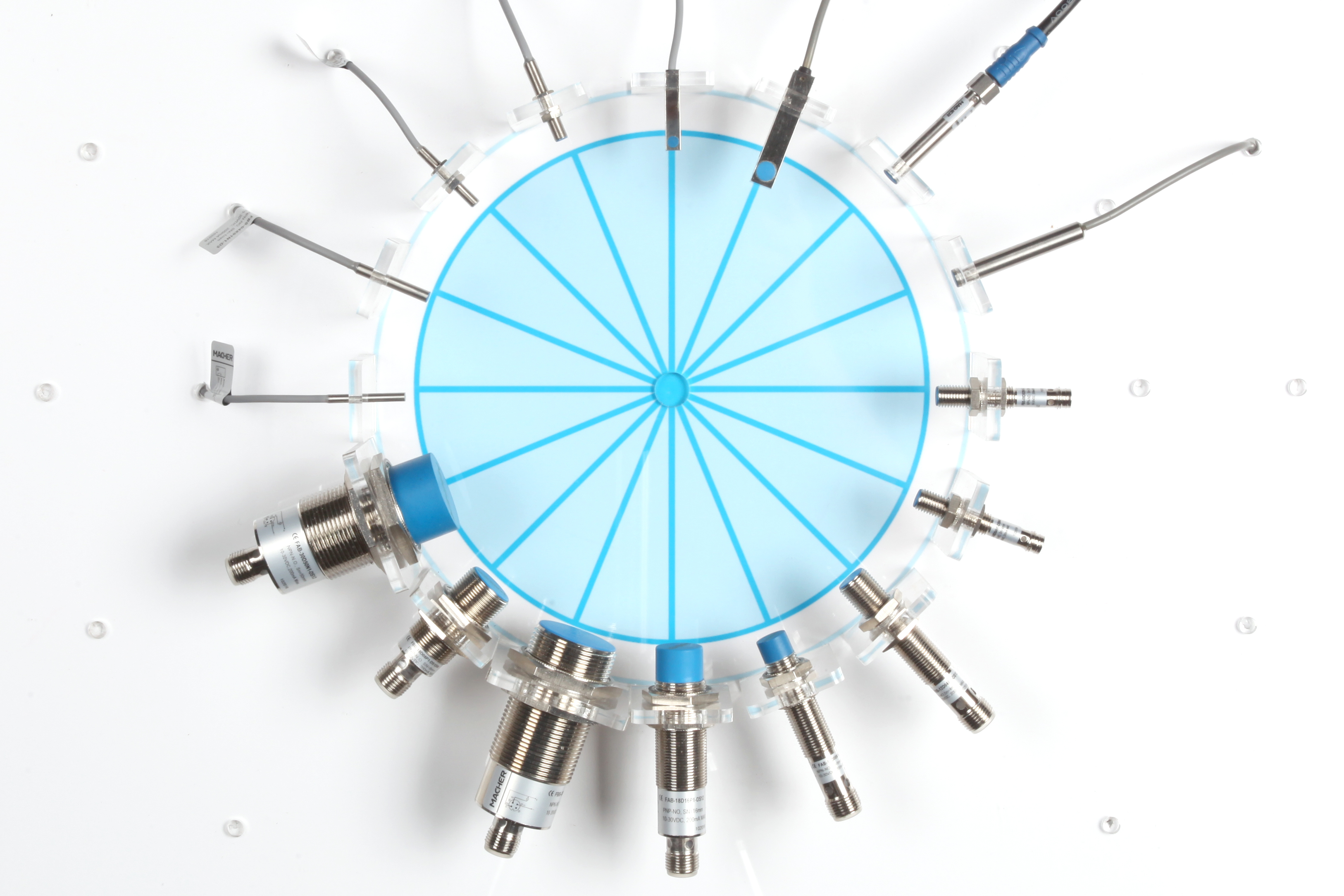I. Characteristics of the test object
Material
If the detection object is metal, inductive cylindrical proximity sensor is a better choice. Inductive sensors utilize the principle of electromagnetic induction and have good detection effect on metal. For example, in the metal processing workshop, when detecting the position of metal workpiece, inductive sensors can accurately sense the proximity of metal.

If the detection object is metal, plastic, liquid and other materials, capacitive cylindrical proximity sensors are more suitable. Capacitive sensors work by detecting changes in capacitance caused by the target object, and can detect a variety of materials including non-metals. For example, in a food packaging line, it may be necessary to detect the packaging material (including plastic and paper) as well as the food inside (which may be solid or liquid), and capacitive sensors can meet this diverse detection need.
Shape and size
For small inspection objects, cylindrical proximity sensors with appropriate sensing distances and small external dimensions are required. For example, in the production line of electronic components, electronic chips and other small components of the detection, may need to choose a smaller diameter (such as 4 - 8mm) and the sensing distance of the sensor to ensure that the chip can be accurately detected the position of the chip without miscalculation.
For large objects, it is important to consider whether the sensing range of the sensor can cover the effective detection area of the object. For example, in the warehousing logistics of large mechanical parts, choose a sensor with a large sensing distance (e.g., 10 - 20mm or more) in order to ensure that the proximity of large parts can be detected at a suitable distance.
Second, the environmental conditions
Temperature
In low-temperature environments (such as cold storage environments, the temperature may be as low as - 20 ℃ or even - 40 ℃), to choose a wide operating temperature range (such as - 40 ℃ - +70 ℃ or wider) of the sensor. For example, in some automation equipment outdoors in the northern winter, the temperature is low and only wide temperature sensors can work properly.
In high-temperature environments (e.g. steel smelting plants, where temperatures can reach +50°C or more), it is necessary to ensure that the sensor can withstand high temperatures. For example, some high-temperature resistant proximity sensors can operate in environments up to +85°C, making them suitable for high-temperature industrial scenarios.
Humidity and corrosivity
In humid or corrosive gas environments (such as seaside facilities, chemical plants, etc.), you should choose a sensor with a good level of protection (e.g., IP67 and above) and corrosion-resistant housing materials (e.g., stainless steel housing). This prevents moisture and corrosive substances from entering the sensor and preventing damage.
Dust and oil
In dusty environments (e.g. mines, cement plants, etc.), sensors with a high degree of protection are required to prevent the ingress of dust. For example, IP68 rated sensors can operate in harsh dusty environments.
In oily environments (e.g. machine shops), the sensor housing material should be easy to clean, and the internal circuitry should have a certain degree of resistance to oil and dirt. For example, the use of smooth surface metal housing, easy to wipe the oil, while the internal sealing of the sensor is more suitable for this scenario.
Third, the electrical requirements
Power supply voltage
To select the sensor according to the existing power supply system. If the site power supply system provides 5V DC power supply, then you need to choose the cylindrical proximity sensor adapted to 5V power supply. In some industrial automation equipment, it may be common to use 24V DC power supply, then the choice of 24V power supply sensor is more appropriate, to avoid additional power conversion device cost and reliability problems.
Output Signal Type
If the sensor signal needs to be connected directly to a digital circuit (e.g., the digital input port of a PLC), then a sensor with a digital output (e.g., NPN or PNP type transistor output) should . For example, in an automated assembly line where the PLC controls the movement of a robotic arm, a proximity sensor with a digital output can easily transfer the detection signal to the PLC for precise control.
If analog processing of the detection signal is required (e.g., to measure the gradient of the distance), choose a sensor with an analog output (e.g., 0 - 10V or 4 - 20mA). For example, in some detection scenarios where the distance of an object needs to be measured accurately, a sensor with analog output can provide more detailed distance information.
Installation conditions
Installation space
If the installation location space is limited, you need to choose a cylindrical proximity sensor with a smaller form factor. For example, in some small electronic equipment for internal detection, due to the compact internal space, can only choose a smaller diameter, shorter length of the sensor.
At the same time, but also consider the installation of the sensor (such as threaded mounting, clamp mounting, etc.) and the installation of the structure of the location of the match. For example, it may be more convenient to install sensors on some round pipes with clamp mounting; while on equipment panels, sensors with standard thread mounting are easier to fix.
Mechanical Vibration
In environments where there is mechanical vibration, such as testing next to a running engine, choose a sensor that is vibration-resistant. Some cylindrical proximity sensors with reinforced structures and special vibration-damping designs can maintain stable detection performance in vibrating environments, avoiding malfunction or damage due to vibration.
